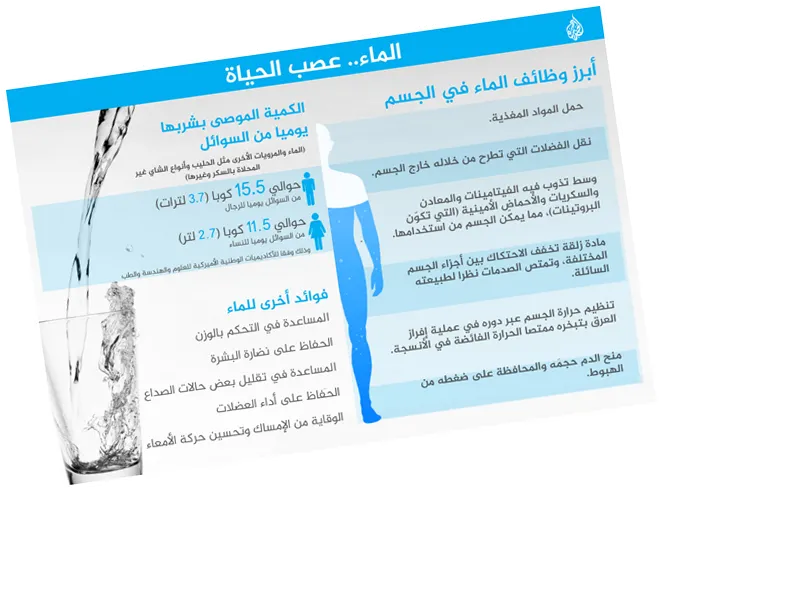Understanding Height Loss: Causes and Consequences
As we age, many individuals notice a gradual loss of height. This phenomenon, often attributed to a combination of factors including bone deterioration, muscle loss, and poor posture, can start as early as the age of 30. According to a study from the National Institute on Aging, both men and women begin to shrink, with men losing an average of 1.2 inches and women losing 2 inches between the ages of 30 and 70. By the age of 80, these figures increase to 2 inches for men and 3 inches for women. The underlying reason for this shrinkage can be linked to the natural aging process, where bone mass decreases and the body struggles to maintain its structural integrity.
The Role of Bones and Muscles in Height Reduction
Bones, which start forming as early as the eighth week of pregnancy, reach their peak density by the mid-twenties. However, after age 30, the balance shifts, and old bone begins to break down faster than new bone can be formed. This deterioration can lead to conditions like osteoporosis, making bones brittle and susceptible to fractures, particularly in the spine, hips, and arms. Additionally, muscle loss, often exacerbated by inactivity, plays a critical role in height reduction. Without strong muscles to support the spine, individuals may experience poor posture, leading to conditions such as hyperkyphosis, which further contributes to height loss. To mitigate these effects, engaging in regular exercise and maintaining a nutritious diet are essential.






